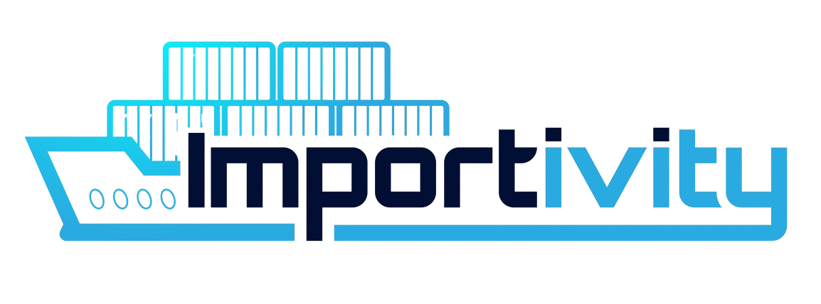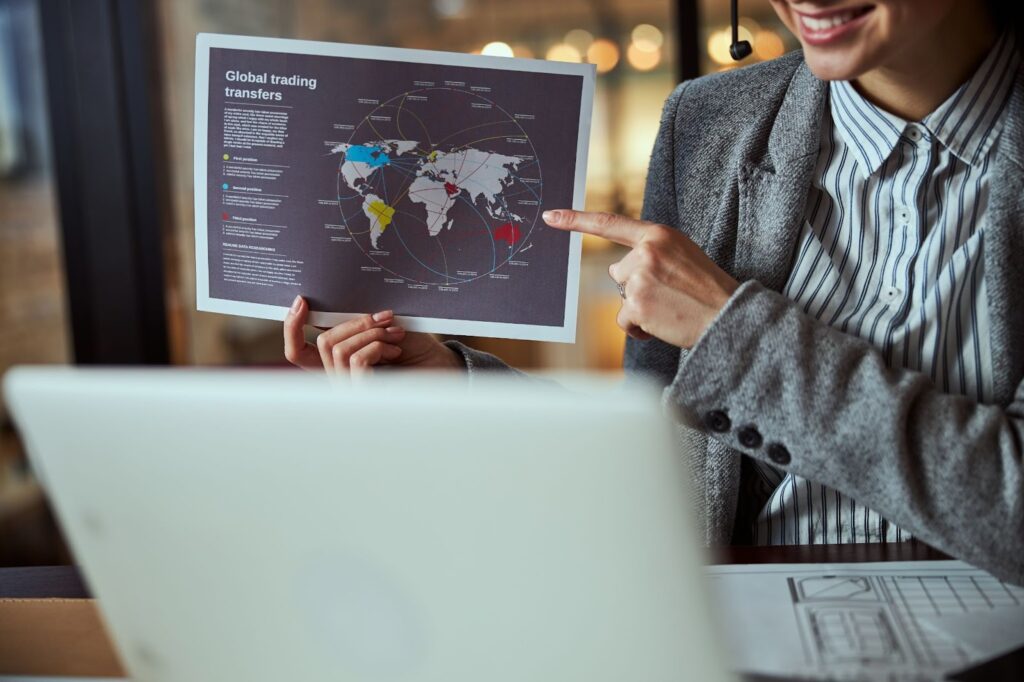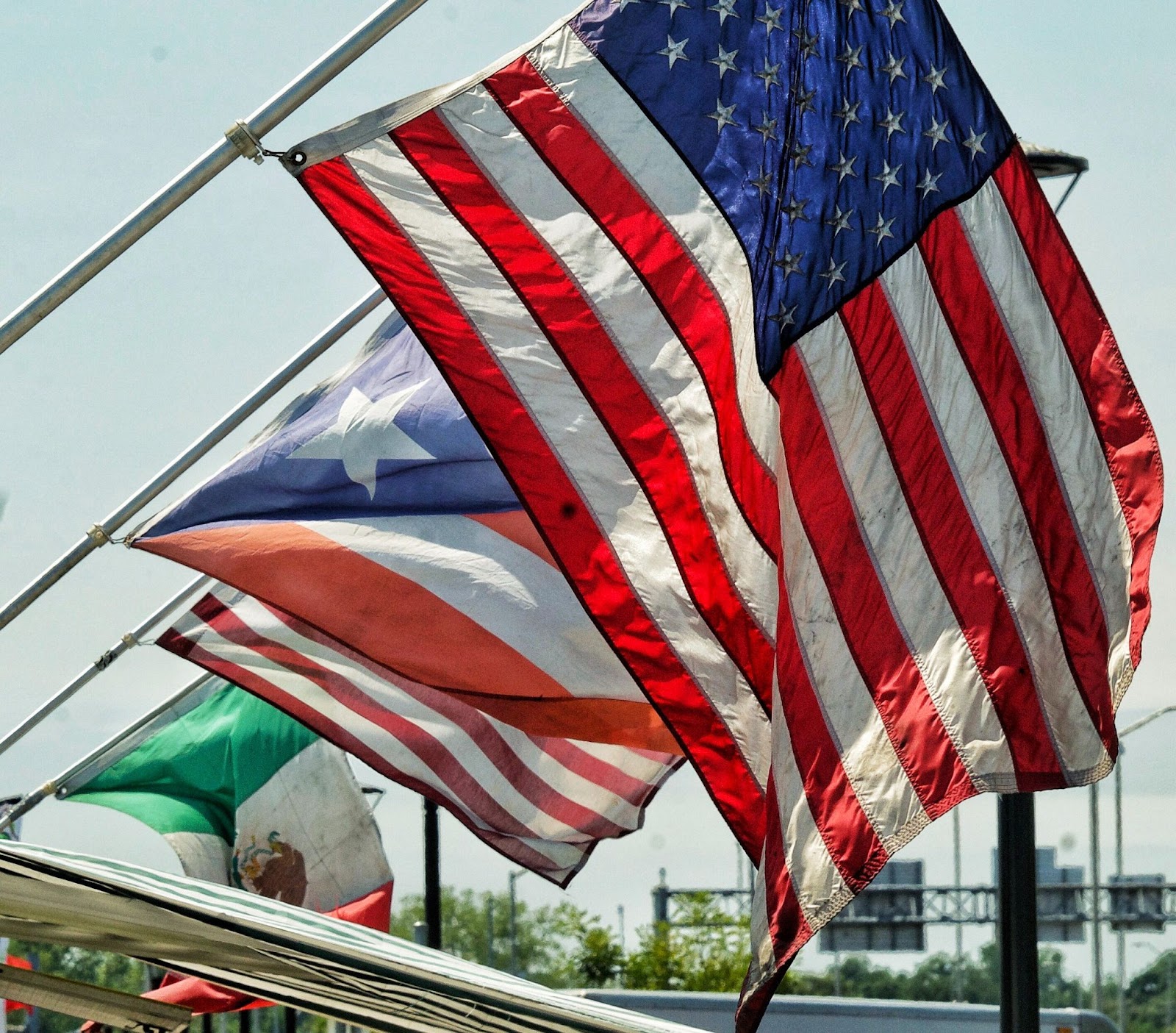The global trade landscape is undergoing significant transformations due to the reimplementation of tariffs reminiscent of the Trump era. These changes are compelling businesses to reassess their sourcing strategies to maintain competitiveness and profitability. In this comprehensive guide, we’ll explore how these tariffs are reshaping global sourcing and provide actionable strategies to navigate this evolving environment.
Understanding the Impact of Trump-Era Tariffs
The reintroduction of substantial tariffs, including proposals of up to 60% on Chinese imports and baseline tariffs of 10% to 20% on goods from other nations, marks a significant shift in U.S. trade policy. These measures aim to reduce the trade deficit and encourage domestic production by making imports more expensive.
Strategies to Mitigate Tariff Impacts
To effectively respond to these changes, businesses can implement several strategies to mitigate tariffs impact:
- Diversified Sourcing Locations
Reducing dependence on a single country, especially those facing high tariffs, is crucial. By expanding supplier bases to include countries with more favorable trade relations, companies can mitigate risks associated with tariff hikes. For instance, sourcing from nations like India, Vietnam, or Mexico can offer cost advantages and reduce exposure to tariffs. - Leverage Free Trade Agreements (FTAs)
Utilizing FTAs can significantly lower tariff burdens. By understanding and applying the benefits of these agreements, businesses can optimize their sourcing strategies to favor countries with preferential trade terms, thereby reducing costs. - Implement Tariff Engineering
Modifying products to change their classification can result in lower tariff rates. This practice, known as tariff engineering, involves altering the design or composition of a product to fit into a different tariff category with a lower rate. It’s a legal and strategic approach to minimize tariff liabilities. - Establish Foreign Trade Zones (FTZs)
FTZs are designated areas where goods can be imported, handled, and manufactured without being subject to customs duties until they enter the U.S. market. Utilizing FTZs can defer or reduce tariff payments, providing significant cost savings. - Optimize Supply Chain Management
Improving supply chain resilience through strategic planning is essential. This includes conducting comprehensive risk assessments, improving visibility and transparency, and collaborating closely with suppliers to adapt to changing trade policies effectively.
How Importivity Can Assist
Navigating the complexities of global sourcing amid fluctuating trade policies requires expertise and strategic partnerships. Importivity, as a leading product sourcing agent based in the United States, offers comprehensive services to support businesses through these challenges:
- Product Sourcing: We help you source products directly from factories worldwide, ensuring competitive pricing and quality.
- Importivity Dropshipping: Our full-service dropshipping solutions manage the entire supply chain, from product sourcing to order fulfillment.
- Bulk Order Negotiation: We negotiate the best prices and payment terms, preventing out-of-stock situations during peak seasons.
- Private and White Label Services: We assist in finding manufacturers, designing products, and overseeing logistics under your brand identity.
- Custom Packaging and Advanced Procurement: We offer tailored packaging solutions and provide detailed procurement plans to maximize savings.
By partnering with Importivity, businesses can leverage our expertise to adapt to the changing global trade environment effectively.
Takeaways
The reimplementation of Trump-era tariffs presents both challenges and opportunities for businesses engaged in global sourcing. By adopting strategic measures such as diversifying sourcing locations, leveraging free trade agreements, implementing tariff engineering, establishing foreign trade zones, and optimizing supply chain management, companies can navigate these changes successfully. Collaborating with experienced partners like Importivity further enhances the ability to adapt and thrive in this dynamic landscape.




